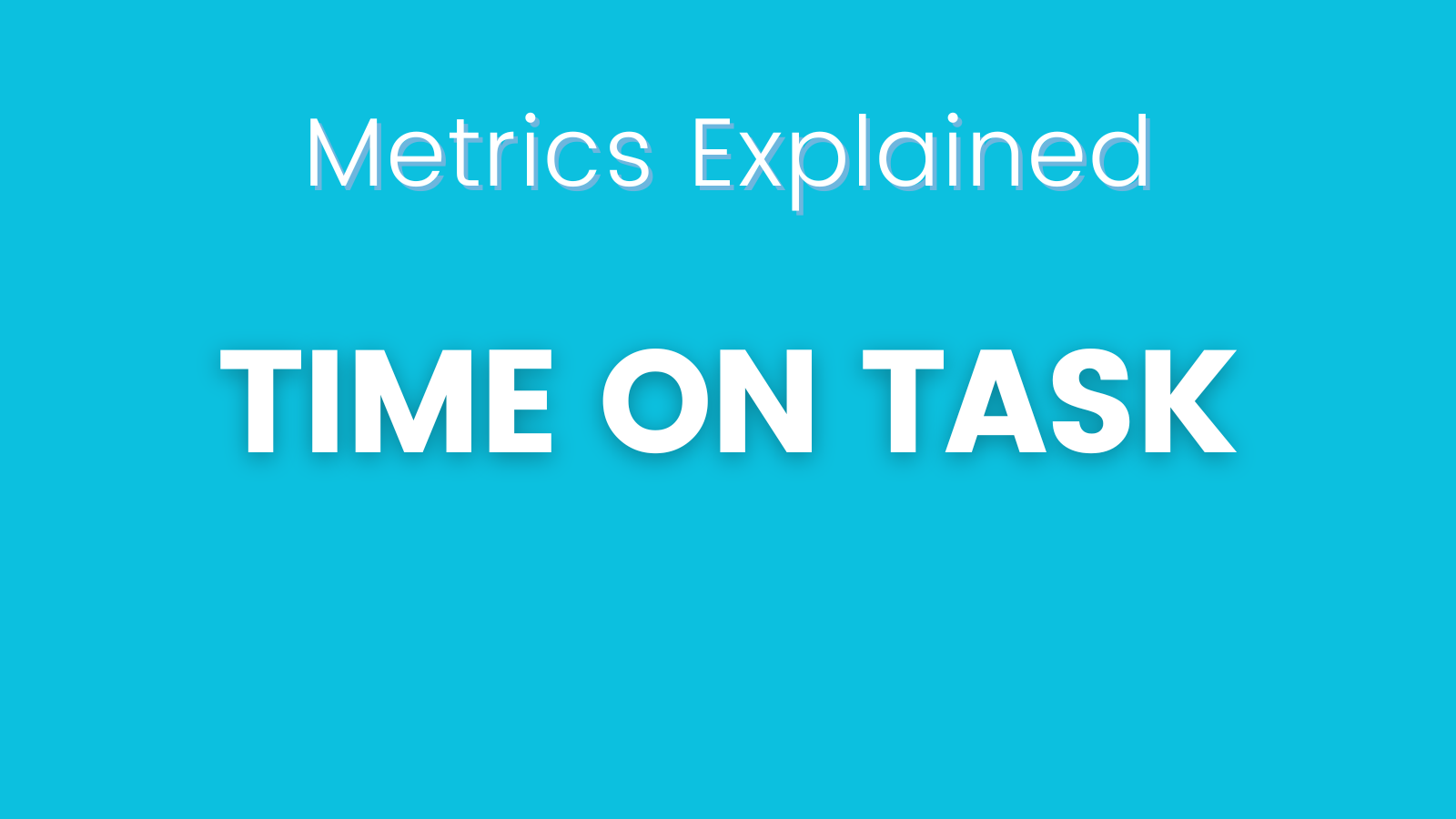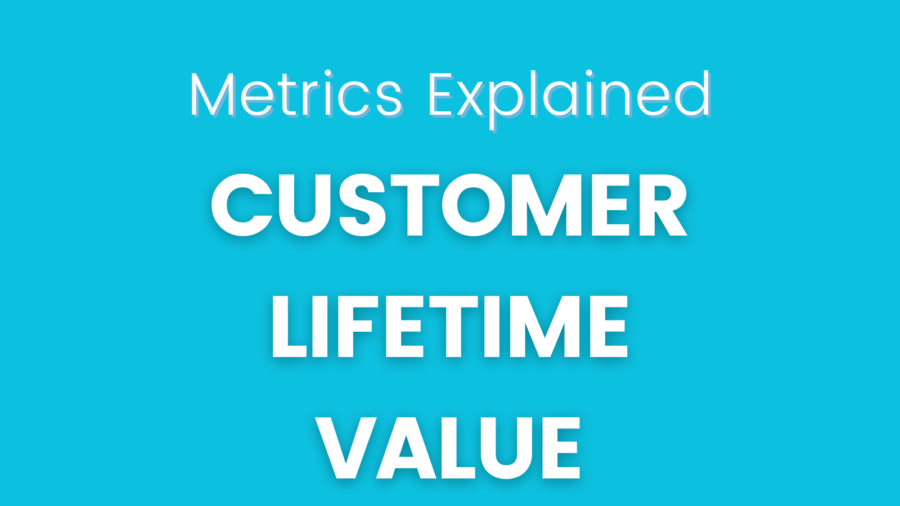Time on Task is a crucial metric in product analytics that measures the amount of time users spend completing a specific task or action within a product or application. It provides valuable insights into user behavior, task complexity, and the overall user experience. Calculating Time on Task helps businesses understand user engagement and identify areas for improvement to enhance usability and efficiency.

- Define the Task:
First, to calculate Time on Task, clearly define the specific task or action you want to measure. This could be completing a form, navigating through specific app features, or any other action relevant to your product. - Gather Data:
Collect data on the start time when users begin the task and the end time when they complete it. Ensure that you have the necessary data collection mechanisms in place, such as event tracking or user session recording, to capture these time points accurately. - Calculate Time on Task:
To calculate Time on Task, simply subtract the start time from the end time:
Time on Task = End Time – Start Time
For example, if a user starts filling out a form at 10:00 AM and completes it at 10:15 AM:
Time on Task = 10:15 AM – 10:00 AM = 15 minutes
In this example, the Time on Task for completing the form is 15 minutes.
- Analyze and Optimize:
Interpreting Time on Task data allows businesses to assess task efficiency and identify potential pain points or bottlenecks in the user journey. A shorter Time on Task indicates that users can complete the task quickly and efficiently, while a longer Time on Task may suggest that the task is complex or requires optimization.
By regularly monitoring Time on Task for different tasks and user segments, businesses can make data-driven decisions to streamline processes, simplify user interactions, and improve overall product usability. Optimizing Time on Task can increase user satisfaction, reduce frustration, and ultimately improve retention and customer loyalty.
Check other metrics from our Metrics Explained series.





